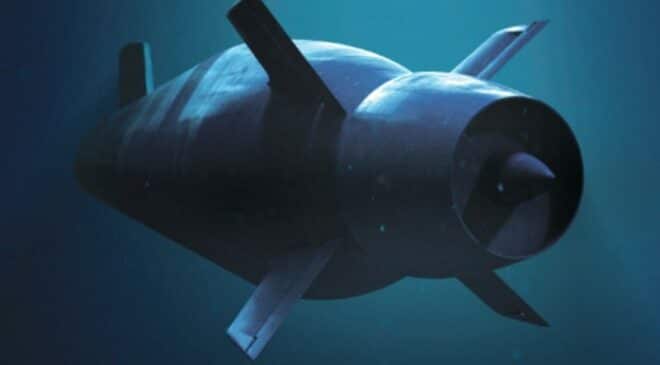According to the US Navy General Staff, conventional or non-conventional submarines represent, today, the best response to the rise in power of certain naval powers, citing China in particular.
It is true that in Asia, the number of submarines in service in the various navies to more than quadrupled in 20 years, and that all major navies are engaged in the renewal or even expansion of their submersible fleet.
In the second part of this article intended to present the submarines with conventional propulsion which are entering service today, or which will do so in the years to come, we will present the last five models in this panel, classified in alphabetical order according to their country of design.
France: Shortfin Barracuda conventional submarines
Among all the submarines presented here, Naval Group's Shortfin Barracuda is unique in more than one way: it is the only conventionally powered submarine to be derived from a nuclear submarine. attack, and the only one to have, in fact, many of the attributes specific to this type of ship.
Indeed, the Shortfin Barracuda, and its Australian version, the Attack class, derive from the new class of Suffren class Nuclear Attack Submarine (SSN), whose first eponymous unit is currently completing its trials in the Mediterranean with a view to entering service in the coming months within the French Navy. Six examples have been ordered by France to replace its 6 first generation Ruby/Amethyst class SSN, with the last unit due to enter service in 2028.

The Shortfin Barracuda has retained many attributes of the initial Barracuda, including its optimized hydrodynamics, its propulsion using a “Pump-Jet” to prevent cavitation noise around the propeller, its Saint-André cross diving bars , as well as its imposing dimensions, with a length of 97m and a displacement of 4500 tonnes when submerged.
In fact, the Shortfin is designed, like its big brother, to go fast, and even very fast for a conventionally powered submarine. This is what, it seems, made the difference for the Royal Australian Navy, the Shortfin being designed to travel silently at speeds of up to 12 to 15 knots, triple that of her German and Japanese opponents.
However, for Australia, and its immense maritime domain, speed is an essential factor, and the strategy of stalking, favored by conventional NATO submarines in the Baltic, North Sea or Mediterranean , cannot be applied effectively to the areas of the Pacific bordering the island continent.
What is more, if the Japanese, South Korean or Indian submersibles potentially have every chance of facing Chinese AIP Type 39A/B submarines, or even Russian 636.3, Australian ships, for their part, will have to in all probability to confront nuclear-powered submarines, such as the Chinese Shang-class Type 09III, or the Russian Akula and other Anteï, capable of peak speeds much higher than that of any classic conventional submarine.

Due to its imposing size, the Shortfin has great autonomy when diving, thanks in particular to its latest generation batteries, and a payload, armament and systems capacity unlike any other conventional submarines.
He will thus have no less than 28 anti-submarine torpedoes, or a mix of torpedoes, anti-ship missiles and cruise missiles, with an endurance at sea of 80 days, for a crew of 60 men.
Australian submersibles will benefit from a combat system developed by Lockheed-Martin, and sonars developed by Thales UK. The first example will enter service in the early 2030s. The model is also offered by Naval Group in the Netherlands to replace its Walrus-class submarines, with some technological additions, again exclusive.
Japan: Taigei class

75% of this article remains to read,
Subscribe to access it!
The Classic subscriptions provide access to
articles in their full version, and without advertising,
from 6,90 €.
Newsletter subscription
Register for the Meta-Defense Newsletter to receive the
latest fashion articles daily or weekly

